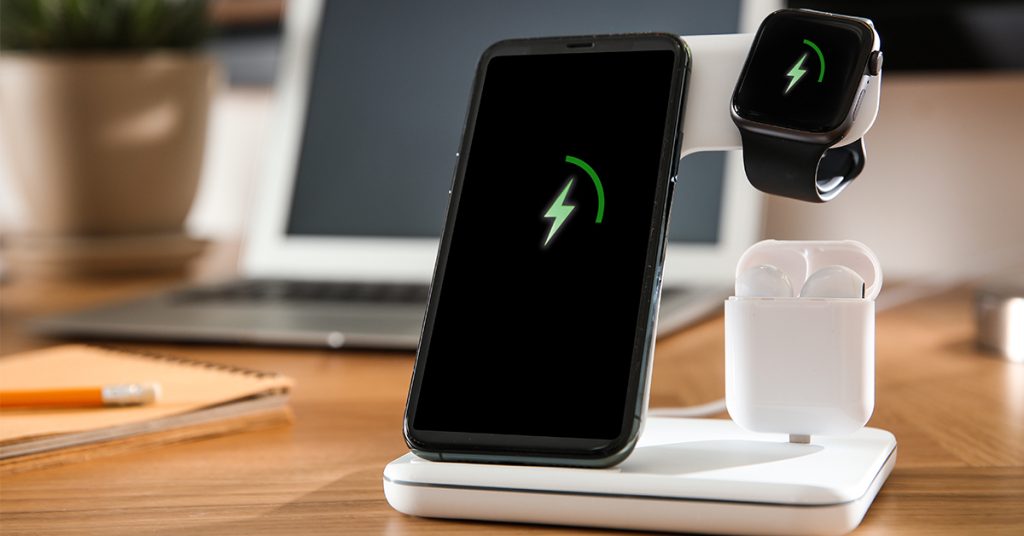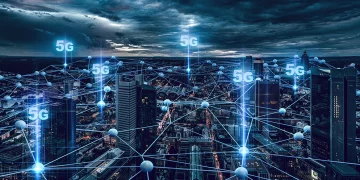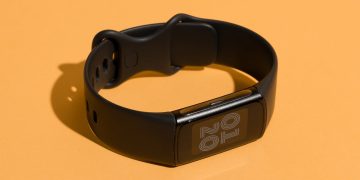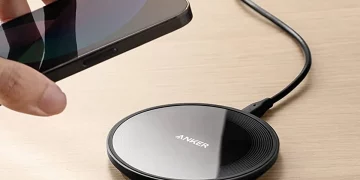Wireless charging has come a long way since its early inception, evolving into one of the most convenient and rapidly growing technologies in our daily lives. Today, we no longer have to rely solely on physical connectors and cables to power our devices. Whether it’s your smartphone, smartwatch, or electric vehicle, wireless charging offers the flexibility and simplicity that we crave in a tech-driven world. But where are we now, and what breakthroughs are shaping the future of wireless charging? In this article, we’ll explore the latest developments in wireless charging technology and the devices that support them.
1. The Journey of Wireless Charging: From Qi to Advanced Technologies
Wireless charging technology has advanced significantly from its early days, with various standards emerging to cater to different devices. The most well-known and widely adopted wireless charging standard today is Qi, a technology developed by the Wireless Power Consortium (WPC). Since its inception in 2008, Qi has set the foundation for much of the wireless charging technology available today.
However, Qi has evolved over the years, with newer versions capable of faster charging and supporting multiple devices simultaneously. As we move into 2025 and beyond, we’re seeing even more sophisticated wireless charging methods, such as resonant and radio-frequency (RF) charging, which promise to further change the way we charge our devices.
- Resonant Wireless Charging: Unlike traditional inductive charging, resonant charging uses electromagnetic fields to transfer energy, allowing for charging over longer distances and through objects like cases. This technology is currently being explored in a variety of sectors, including consumer electronics and electric vehicles (EVs).
- Radio Frequency (RF) Charging: This breakthrough uses radio waves to wirelessly transmit power over larger distances. RF charging is being developed for use in devices that don’t need to be in direct contact with the charger, potentially paving the way for truly wire-free charging experiences in the future.
2. The Rise of Fast Wireless Charging
One of the major breakthroughs in recent wireless charging development is the push toward faster charging speeds. Early wireless chargers were often slow, with many struggling to match the charging rates of traditional wired connections. However, as demand for speed has grown, companies have been stepping up their game.
- AirPods Pro and iPhone 12 and later: Apple’s introduction of MagSafe technology with the iPhone 12 series was a major step forward. With MagSafe, wireless charging speeds have reached up to 15 watts, significantly faster than the standard 5-watt wireless charging that was common in the past.
- Fast-charging Technologies: Companies like Samsung and OnePlus have introduced wireless chargers that support 15W-30W fast charging. The OnePlus Warp Charge and Samsung Wireless Charger Pad represent significant upgrades in charging speeds, making wireless charging a viable option for users who need quick power-ups.
With 20W or higher wireless charging speeds now common, this breakthrough has made wireless charging not just a convenience but a practical solution for daily use.
3. Multi-Device Wireless Charging Stations
As our homes and workplaces become increasingly filled with connected devices, the need for multi-device wireless charging solutions has grown significantly. Today’s charging pads and stations are designed to charge multiple devices simultaneously, making them the perfect addition to a tech-savvy home.
- Wireless Charging Pads: Devices like the Samsung Wireless Charger Trio and Belkin BoostCharge 3-in-1 can charge not only smartphones but also wireless earbuds, smartwatches, and even small electronics. These charging stations feature multiple coils and improved design to ensure efficient power distribution to each device.
- Furniture with Integrated Charging: The evolution of wireless charging has gone beyond charging pads. We’re seeing furniture with built-in wireless charging, including desks, tables, and even chairs. This seamless integration allows you to charge your devices without even thinking about it, providing a truly wireless experience in your living or workspace.
- Automotive Charging: In the car industry, manufacturers are working to integrate wireless charging into vehicle center consoles, allowing drivers and passengers to charge their phones while on the go. Wireless charging pads inside vehicles are expected to become a standard feature in future models.
4. Wireless Charging for Electric Vehicles (EVs)
The automotive industry is also making significant strides in adopting wireless charging technology, particularly for electric vehicles. While traditional EV charging still requires cables, wireless EV charging has the potential to revolutionize how we power our vehicles.
- Inductive Charging Pads for EVs: Companies like WiTricity and BMW are exploring wireless charging pads that can be installed in driveways or parking spaces. With this system, a car equipped with a receiver can charge simply by parking over the pad, eliminating the need for plugging in cables. This not only adds convenience but could also encourage wider EV adoption.
- Dynamic Wireless Charging: Another exciting development is dynamic wireless charging, which allows vehicles to charge while they are in motion. This technology is still in its early stages but could enable EVs to continuously charge while driving, essentially eliminating the need for charging stations altogether.

5. Wireless Charging in Wearables
Wearables, such as smartwatches, fitness trackers, and wireless earbuds, are also benefiting from wireless charging advancements. The compact nature of these devices means that traditional charging methods often don’t work well, making wireless charging the ideal solution.
- Smartwatches and Fitness Trackers: Companies like Apple, Garmin, and Fitbit have adopted wireless charging in their smartwatches. Apple’s MagSafe charger allows for easy attachment to the back of Apple Watches, offering a fast and secure way to charge wearables.
- Wireless Earbuds: Wireless earbuds like Apple AirPods Pro and Samsung Galaxy Buds are designed for wireless charging, with charging cases that can be placed on a wireless charging pad for hassle-free charging. The latest cases feature faster charging capabilities, reducing the amount of time you spend waiting for your earbuds to power up.
6. Next-Generation Wireless Charging Technologies
While we’re already seeing some incredible developments in wireless charging, the future holds even more exciting possibilities. Here are a few innovations to look forward to:
- Long-Distance Wireless Charging: Companies such as Energous are working on long-distance wireless charging technologies that can send power over distances of several meters. This could eliminate the need for close proximity chargers, allowing your devices to charge automatically when you’re within range, even if they’re in your bag or on the other side of the room.
- Solar-Powered Wireless Charging: Integrating solar panels into wireless charging pads could help reduce reliance on traditional electricity sources. This eco-friendly solution could become more widespread as solar technology advances, allowing for self-sufficient charging in outdoor environments.
- Smart Charging Surfaces: In the future, we may see surfaces like countertops and desks that have built-in wireless charging capabilities. These surfaces would allow you to charge your device simply by placing it on the surface, eliminating the need for dedicated charging pads altogether.
7. Challenges and the Road Ahead
Despite all the advancements in wireless charging technology, there are still challenges to overcome before we can fully embrace it across all industries. Some of the challenges include:
- Efficiency: Wireless charging, particularly at longer distances, still tends to be less efficient compared to traditional wired charging. While the industry has made progress, improving efficiency remains a key focus for future innovation.
- Cost and Infrastructure: Integrating wireless charging into existing products, especially vehicles and public spaces, requires significant investment in infrastructure. Until this infrastructure becomes more widespread, wireless charging adoption may remain limited.
- Standardization: While Qi is the most widely used wireless charging standard, there are competing technologies on the horizon. Ensuring that future devices are compatible with one another and establishing universal standards will be crucial for mass adoption.
Conclusion
Wireless charging has evolved tremendously from its early, slow-paced days. Today, it powers a wide array of devices, including smartphones, wearables, and even electric vehicles, with remarkable convenience and speed. As technology continues to improve, we can expect wireless charging to become faster, more efficient, and more seamlessly integrated into every aspect of our lives—from the home to the car and beyond.
The future of wireless charging is bright, and as we continue to innovate, the days of tangled cords and charging ports may soon be behind us. Whether you’re charging your phone, your car, or your earbuds, the next frontier in wireless charging is already on the horizon, and it’s ready to change the way we power our devices.












































Discussion about this post